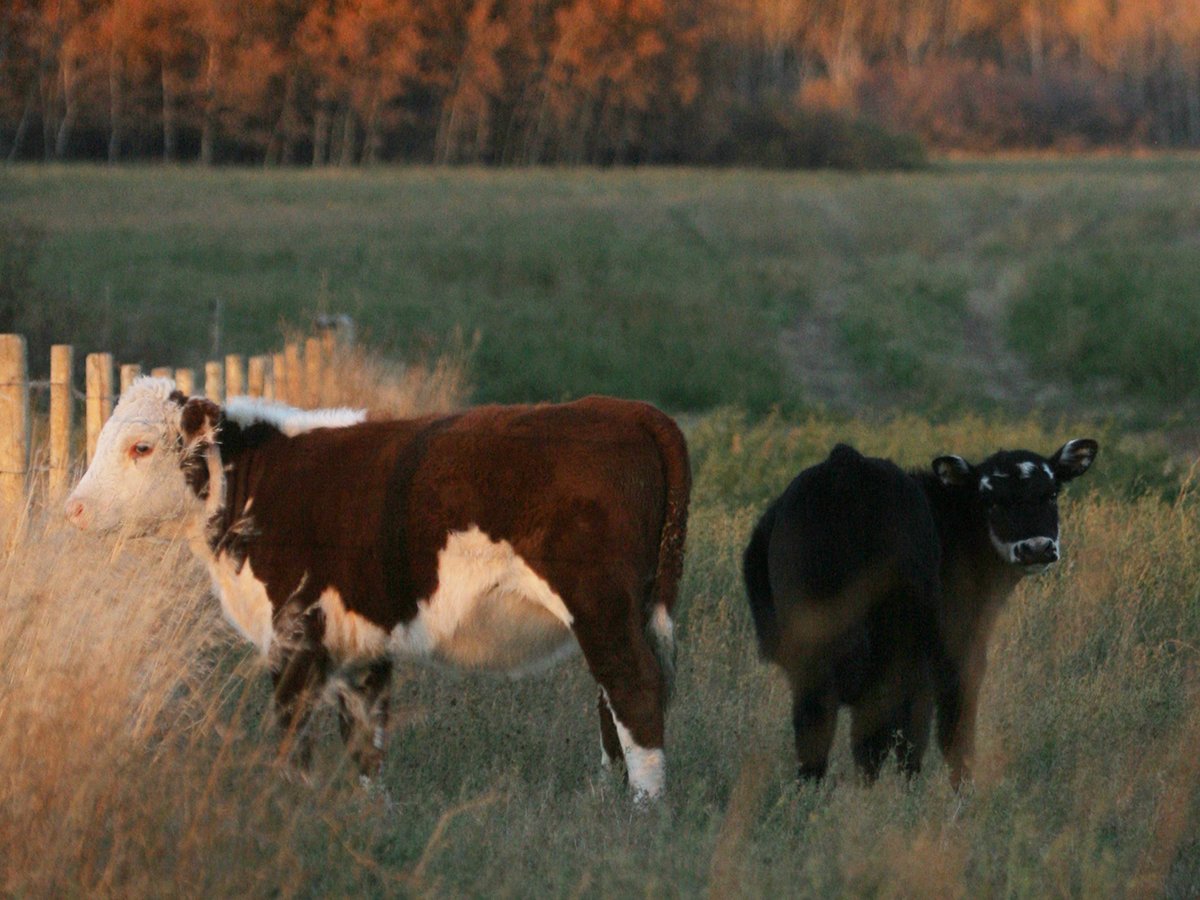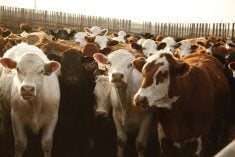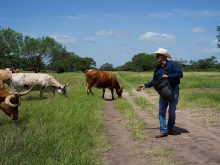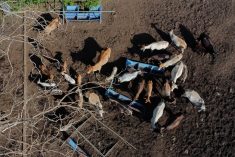When I first began my career as a clinician at the University of Saskatchewan, one of the more common outbreaks that we would see was bovine viral diarrhea virus.
This virus could cause a variety of potentially devastating outbreaks such as infertility, abortions, deaths of persistently infected calves and immunosuppression.
As a result, one of my favourite topics at producer meetings and during extension work was about the importance of vaccinating the cow herd against BVD virus.
Read Also

Petition launched over grazing lease controversy
Battle continues between the need for generation of tax revenue from irrigation and the preservation of native grasslands in southern Alberta rural municipality.
Anecdotally, it seems that we are called to see far fewer of these BVD outbreaks today, and now a recent paper published in the Canadian Veterinary Journal provides some evidence to substantiate that claim.
The paper was written by Dr. Colleen Pollock and Dr. Cheryl Waldner, along with other colleagues from the University of Saskatchewan, the University of Calgary and the University of Montreal.
The research project was a component of the Canadian Cow-Calf Surveillance Project funded by the Beef Cattle Research Council.
Researchers worked with local veterinarians to obtain blood samples from beef calves at weaning time from cow-calf herds across Canada.
Local veterinarians obtained blood samples from up to 20 randomly selected calves from each of 107 herds from across the country that were participating in the project.
The samples were tested with a polymerase chain reaction test (PCR) to detect circulating BVD virus. Researchers also evaluated the presence of BVD antibodies in these samples with a serum neutralization test.
In total, 1,934 calves were tested from 107 herds, which constituted about nine percent of the 21,069 calves weaned on those herds in the fall of 2021. BVD virus was only found in four of the calves sampled, which gives an overall prevalence of BVD virus in these calves of 0.2 per cent.
It’s important to understand that finding BVD virus in the blood of these calves is the result of two potential conditions.
It could mean they are persistently infected (PI) with BVD virus as the result of an infection at some point between 40 and 125 days of gestation as a fetus.
Persistently infected calves are infected for life with the virus, excrete huge quantities of the virus and usually die at some point of a condition that we call Mucosal disease.
This is the main reason why we recommend vaccinating breeding cows against BVD virus to protect the fetus from these infections.
The other possibility is that the calves were infected within the last week with a transient infection of BVD virus, and the blood sample just happened to be taken at the right time to still find virus in their system before their immune system eliminated it.
These types of infections can still cause immunosuppression and make the calves more likely to get sick from other diseases, but most calves will recover from them.
The only way to differentiate between the two possibilities would be to re-sample the calf in a week or two and retest it.
The persistently infected calves would still test positive and the transiently infected calves would now test negative on the second test.
For the purposes of this study, the researchers couldn’t resample the calves, and they just assumed that all four of the calves were persistently infected.
This is mostly a good news story because this prevalence of persistently infected calves is close to or perhaps slightly lower than estimates that have been made in the past.
Only 2.8 per cent of the herds sampled were positive for a current BVD infection, which appears to be somewhat lower than previous estimates that ranged from seven to nine per cent of herds being positive.
However, it is important to recognize that only approximately nine per cent of the calves from these herds were tested. It is quite possible that there were other positive animals that were not tested and therefore, the prevalence may be a bit higher than estimated.
The researchers also found that antibody levels tended to be higher in the weaned calves than previous studies have shown.
This is probably a reflection of the widespread vaccination of BVD virus in Canadian cow-calf herds, and indeed, all of the herds reported using BVD vaccines in their cow herds. In fact, herds in which BVD vaccines were given to nursing calves tended to have higher antibody titres in the weaned calves.
It appears that we may be slowly winning the fight against BVD virus. This is largely due to the widespread adoption of the use of BVD vaccines in our breeding cows.
However, the virus is still out there, waiting to pounce. BVD vaccination is one of the core vaccinations for beef cattle breeding herds in Canada, and producers should definitely be using it in their cow herd.
Work with a veterinarian to devise an appropriate vaccination program so that we can continue to keep this disease at bay.















